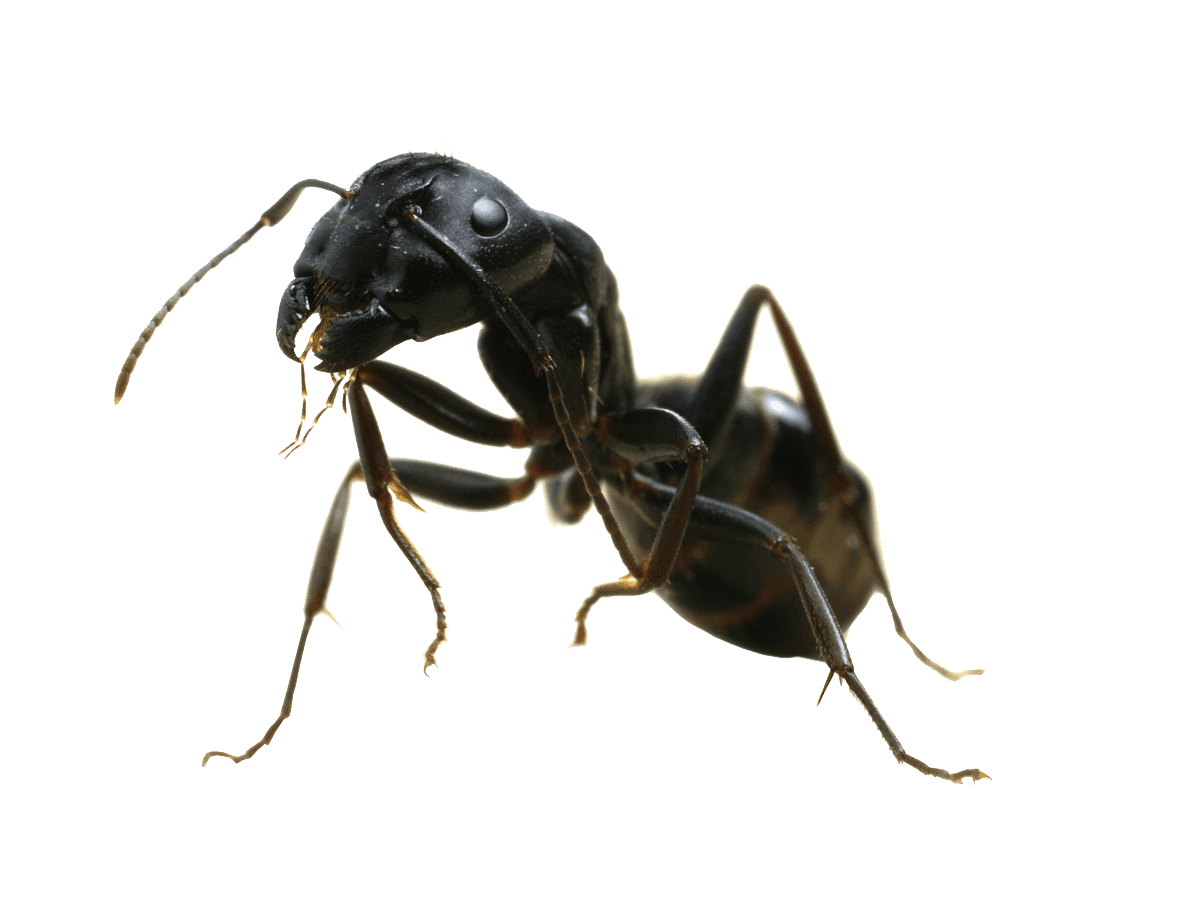The Garden Black Ant
Some people's problem Some people's hobby
The garden ant (black ant)
So today’s blog is coming quite late in the season but still has an importance.
Let’s talk some facts. The black garden ant also known as Lasius Niger to most pest technicians and ant keeping hobbyists are a common summer home invader. The workers are 3-4mm in length on average and these are generally what you see invading your homes. The queens are 9-10 mm on average and the only times you will see these are when the nuptial flights happen (winged females and males take to a mating flight) during the summer months of June until late August depending on where you live as it's different throughout the UK and is not set in stone and it can also happen on multiple days. This nuptial flight will normally take place before or after a storm and all the local nests of that species will fly at the same time. Mating between the future queens and the males will occur in flight. If you see a large black ant walking the pavement without wings, then this is considered a fertile queen and a possible future pest issue, the male only has one objective in life and that’s to mate with a queen, once this is accomplished he will die as his job is done.
The queen will then find a suitable location to dig down and seal herself in until the next spring. In this time they will lay eggs which will develop into nantics (the first workers for the queen) to get a founding stage for a future colony. It is possible the numbers in this colony can reach the 10,000 ants mark. To stop ants you only need to stop the queen, it is believed that things like boiling water over an ant nest will sort the problem but the chance of the single queen succumbing to that is slim, although it will destroy a lot of the workers. You have to remember that UK ants are adapted to our weather and climate which can include flooding so do you think this will work? It will in the short term and on the odd occasion it may possibly solve the issue. If ants are invading your home they are either trying to expand territory or have found a source of food. If it’s a food source then it’s generally a house keeping issue, and a good clean will sort that problem out. For territory expansion, i would call a professional as that’s a different matter altogether.
So then back to the story, my eldest son has just became fascinated in nature and insects and shown a big interest in ants in particular along with an interest in pest control so what to do???
What did I do? I caught some mated lasius niger queens, I joined some facebook groups for advice and that was just the beginning. From this, I now own two different species of ant, the two lots of black ant (for my son) and a red ant colony for myself (due to the bite/sting they can inflict). I bought a couple of nests and out worlds and I’m now helping my son understand how ants live, work and their care needs for survival i.e. nest hydration, food, water and general maintenance, along with respect for animals of all species and being able to view the ants in a semi wild state. if he ever gets bored of them they can be put outside and released legally due to being a native insect.
As I have already mentioned I currently have two nests/out worlds. I brought my red ants or Myrmica Rubra as they are known along with an acrylic formicarium (ant farm) from www.britishants.com
and it’s a great little starter formicarium that I shouldn’t have to upgrade for a while yet as only one of the nesting chambers is full. I also have a nest and Outworld combo (starter kit) from www.antworlds.com
awaiting my Lasius Niger (black garden ant) to get to a larger enough size where I can move them from an ant-worlds queen founding chamber.
To find videos I have made with my son and to see how these ant farms (formicarium's) look then why not check out my personal Youtube channel HERE
which will occasionally also contain my other animals or pests.
Hope you enjoyed this blog let us know what you think.
All Rights Reserved Shire Pest Solutions

